Mold is a sneaky invader, turning a minor damp spot into a stubborn, fuzzy blotch that makes your home feel less like a sanctuary and more like a worry. The knee-jerk reaction to grab a brush and paint it away is understandable—who wants to deal with the hassle? But this quick fix is a trap that lets mold fester, leading to health risks, structural damage, and a cycle of frustration. Drawing from real experiences and expert advice, this article explains why painting over mold is a bad idea, the consequences, and the right way to handle it, sprinkled with home and garden tips like neem oil for spider mites and white kitchen with black hardware for a fresh aesthetic.
The Temptation and the Fallacy
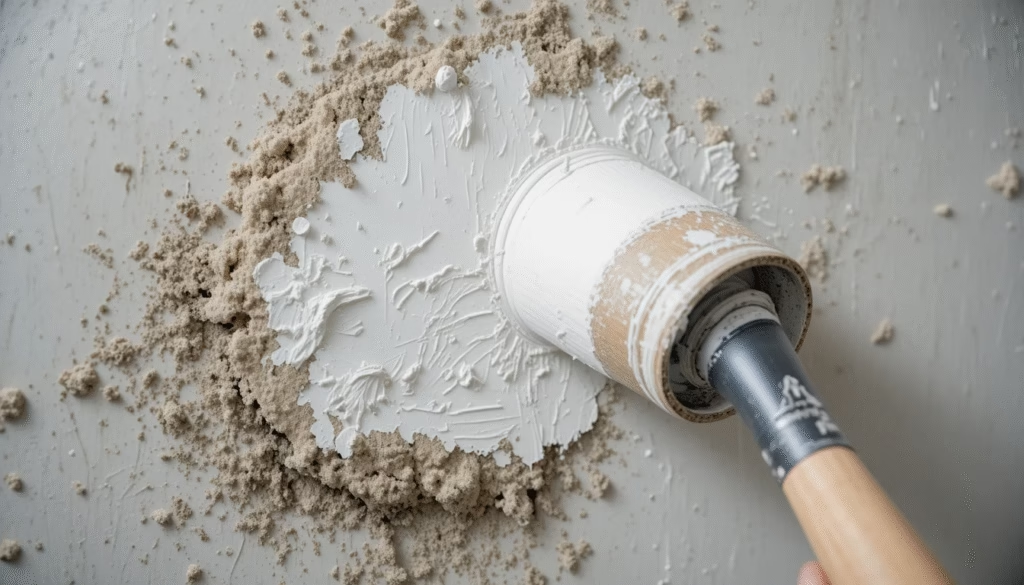
Spotting mold on your ceiling or wall in a hardwood floor bathroom can be disheartening, but slapping on paint feels like an instant win, hiding the problem under a smooth white coat. It’s a band-aid that makes the space look clean, like chrome or brushed nickel gleaming in sage green bathroom cabinets. However, this cosmetic cover-up ignores the root cause—moisture—and allows mold to continue its silent spread beneath the surface, much like black mastic concealing cracks until they worsen.
The Hidden Dangers of Covering Mold
Painting over mold isn’t just ineffective; it’s a ticking time bomb. Here’s why it backfires:
Mold’s Relentless Growth
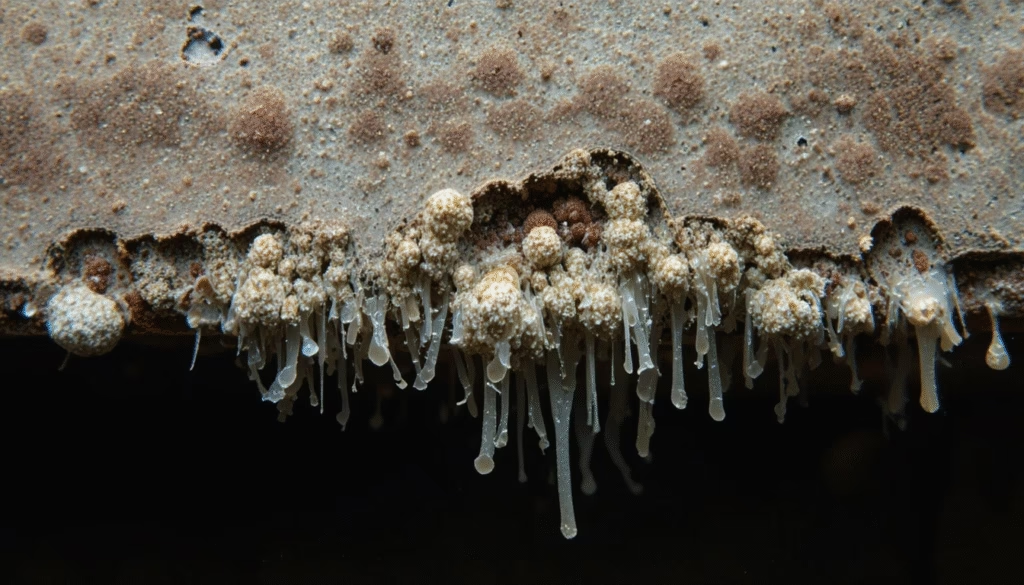
Mold’s hyphae roots burrow deep, thriving in the dark, moist space under paint. Covering it doesn’t kill it—it multiplies, like white bugs in soil infesting a pea gravel sandbox. The spores remain active, compromising air quality and spreading to new areas, turning a small patch into a full-blown problem.
Health Threats Amplify
Mold spores trigger allergies, coughing, and skin irritation, especially for sensitive individuals. Trapping them under paint keeps them circulating, worsening symptoms like a squirrel infestation in your attic. The CDC highlights risks from prolonged exposure, making your home a potential health hazard rather than a haven.
Structural Integrity Suffers
Mold erodes drywall, wood, and insulation, weakening your home’s foundation like peach leaves turning yellow on a ficus audry. Hidden, it delays repairs, leading to rot and expensive overhauls, like rough door opening for 30 door needing reinforcement.
Paint’s Quick Demise
Moisture from mold causes bubbling and peeling, ruining your fresh look faster than scale on cacti on a yellow bells shrub. The result is a flaky, uneven surface, forcing repeated repaints and amplifying the issue.
The Correct Approach: Address the Root, Remove, and Protect
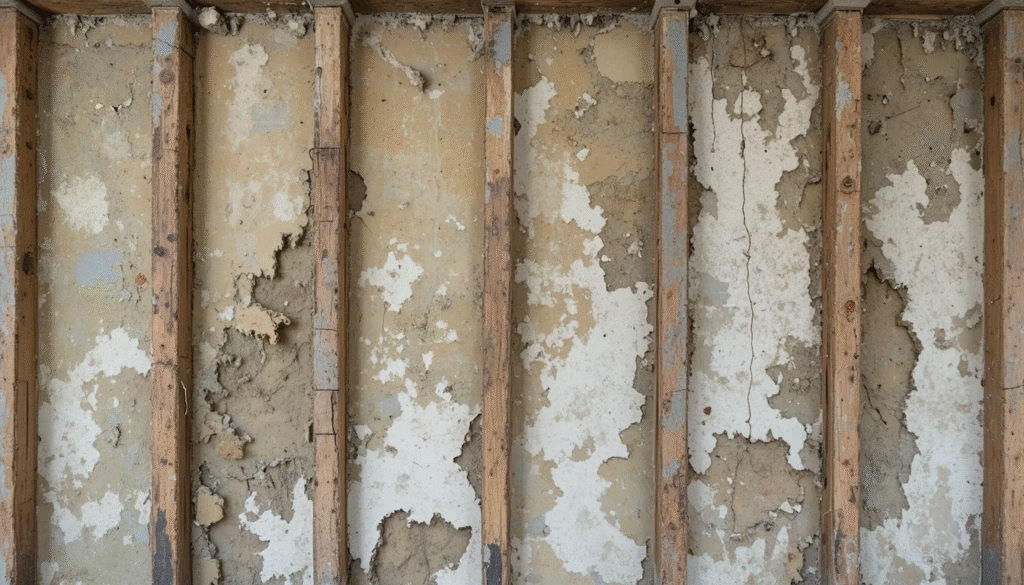
To banish mold for good, follow a three-step plan that tackles the source and ensures a lasting fix:
1. Eliminate the Moisture Source
Mold needs dampness to survive, so identify leaks, high humidity, or poor ventilation, like pvc furnace venting code for optimal airflow. Repair pipes or roofs, use dehumidifiers to maintain 30-50% humidity, and improve bathroom or kitchen exhaust, as essential as what does potassium do for lawns for healthy growth.
2. Kill and Remove the Mold
For small areas (<10 sq ft), scrub with detergent or diluted bleach, wearing gloves, mask, and goggles, like diatomaceous earth to kill mites on hanging orchid cactus. Vacuum with a HEPA filter to capture spores, like neem oil for spider mites on cherokee purple tomato growing. For larger infestations, hire professionals to remove and replace materials, like alternatives to drywall in basement for a clean slate.
3. Seal with Mold-Resistant Products
After cleaning, apply a mold-resistant primer, followed by anti-microbial latex paint, creating a barrier like travertine vs marble for durability. This prevents recurrence, ensuring your white kitchen with black hardware stays pristine.
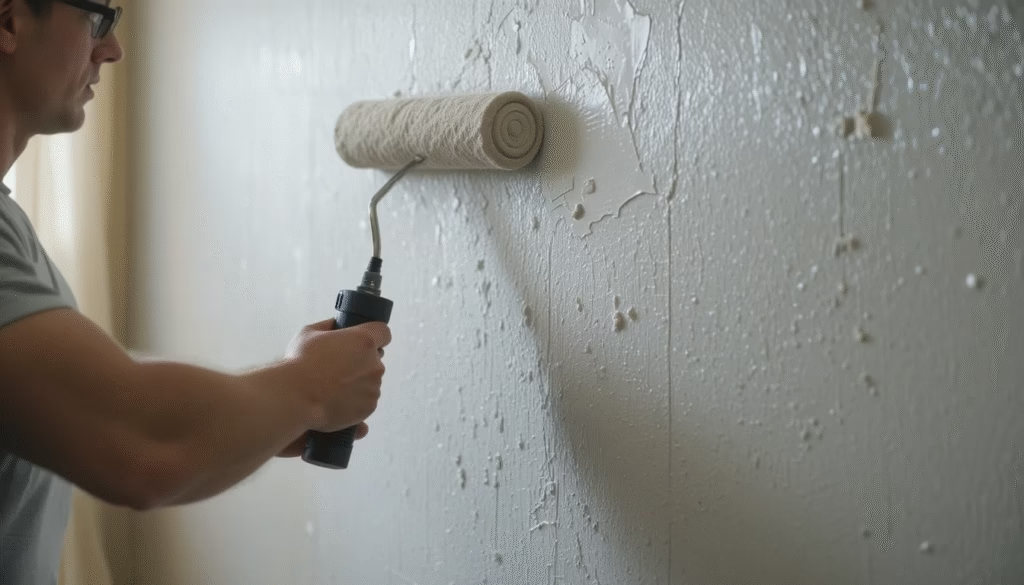
Practical Tips to Prevent Mold Return
- Ventilate Proactively: Run fans and open windows, like shower valve height for efficiency, to cut humidity.
- Monitor Moisture: Use a hygrometer, like how do you add nitrogen to soil for lima bean seedlings, to stay below 60%.
- Fix Fast: Patch leaks immediately, like can you pour concrete in the winter with type S mortar mix.
- Inspect Hidden Areas: Check behind furniture or in electrical panel parts, catching issues early like tiny roach spots.
- Garden Synergy: Pair indoor care with outdoor plants like yellow bells shrub or african iris white, using neem oil for pest control.
Conclusion
Painting over mold is a short-sighted fix that invites bigger problems, like ignoring spider mites on your red pansy plant. Address moisture, remove the mold, and seal properly to restore your home’s health and beauty. With these steps, your space will feel as welcoming as flowers that start with s by a flowers by a pond, ready for cozy evenings with monstera standleyana variegated. Don’t let mold linger—act now for a safer, fresher home.

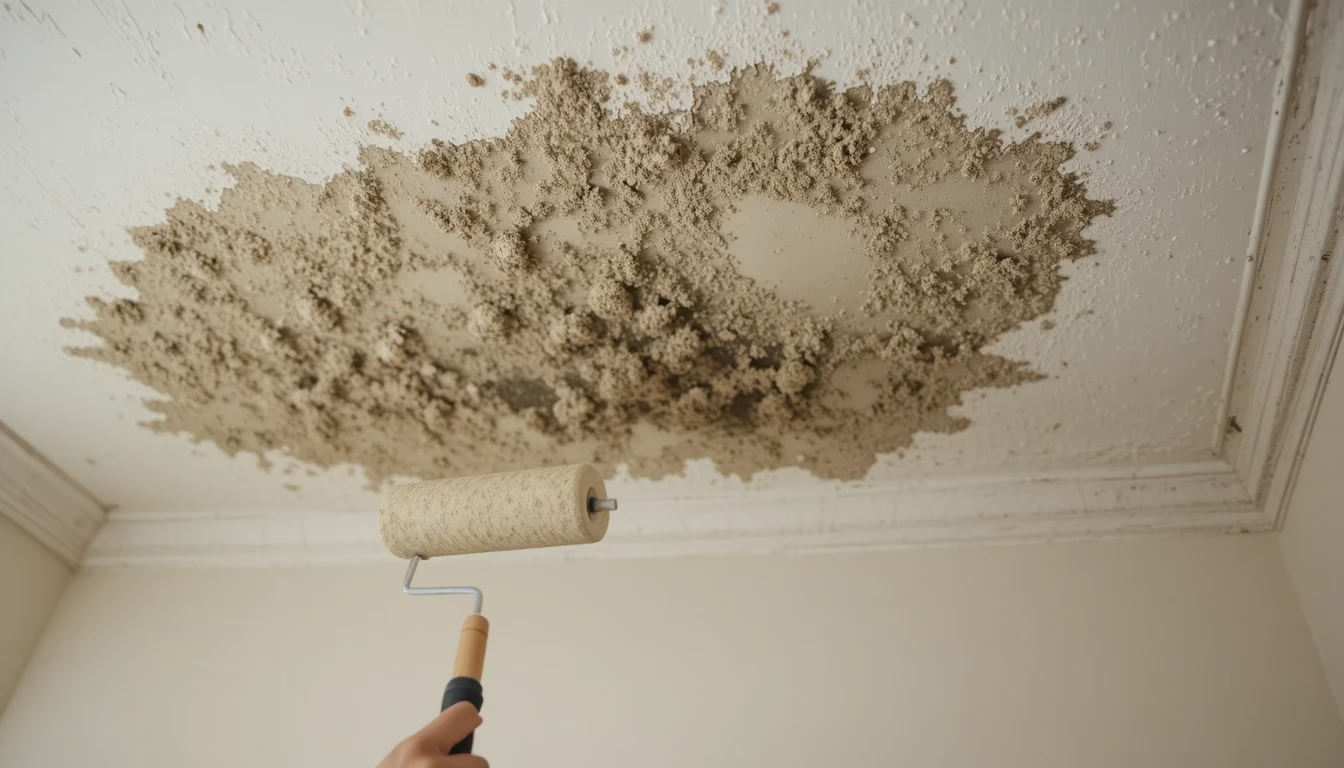
Leave a Reply